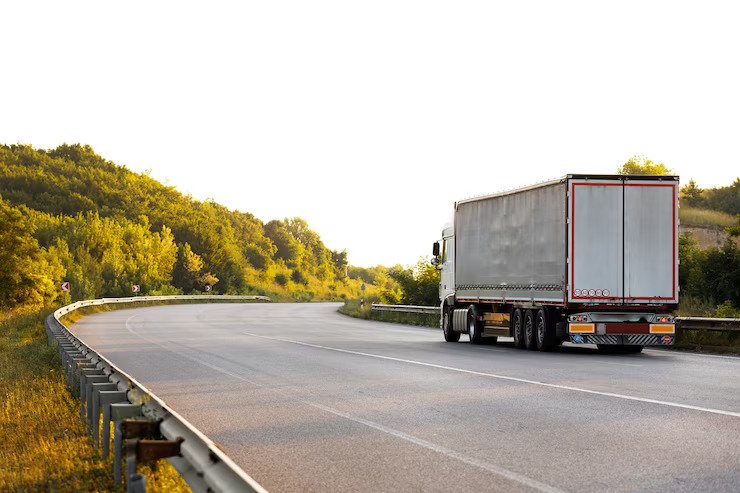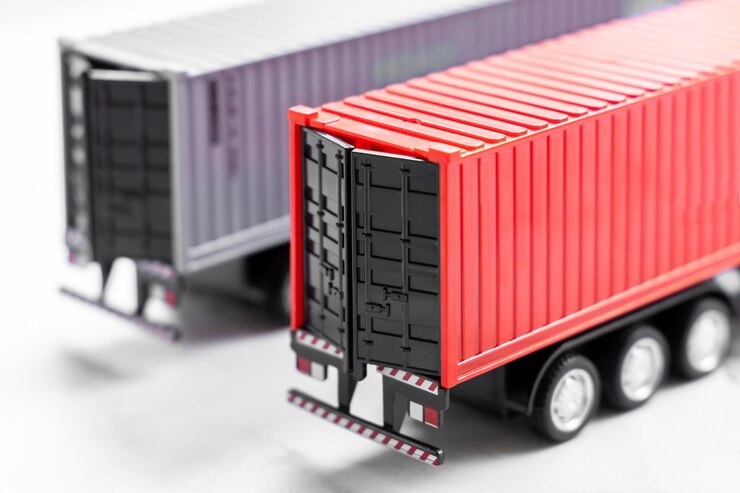Hazmat Materials Transportation: 6 Best Practices To Ensure Safe Shipping
by Abdul Aziz Mondal Business Published on: 16 September 2023 Last Updated on: 25 September 2024

Shipping hazardous materials is a daunting task. You need to take many precautions and also pay a lot to ensure safety during the journey or shipping.
You cannot consider the same transportation system that you have used for pharmaceutical products or a high-valued fridge. You need to take extensive steps to ensure that the hazardous materials are safe and sound after shipping. Considering a high security transportation service will only solve your problem here.
Well, doing business in the modern world comes with risks and opportunities simultaneously. Dealing with hazardous materials in business comes with greater risks of shipping. The more you try to deal with it, the more it will try to replace your management system with the newer one.
However, investing in new systems and shipping processes is not always possible. But you can still manage your concern with better knowledge and understanding of the product and categories of shipping.
Apart from that, these hazardous products are dangerous in exposed nature, and you will need to be a bit more responsible to handle them carefully. From a better career to the knowledge of classification, everything will come on stage to refer to a safe journey.
Are you still in a dilemma?
Well, don’t worry!
We have got you covered this time. The more you focus on transportation management and try to take precautions, the better it will go! However, you have come to the right place to ensure safe shipping of hazmat materials this time.
What Are The Different Types Of Hazardous Materials?
Hazardous materials, also known as hazmat, are substances or materials that pose a risk to health, safety, and the environment.
These materials can be in the form of liquids, solids, or gases and can range from explosives, flammable liquids, radioactive materials, infectious substances, corrosives, and more.
The transportation of hazardous materials requires special precautions and safety measures to ensure the protection of people, property, and the environment.
- Explosives.
- Flammable solids.
- Corrosives.
- Toxic materials.
- Radioactive materials.
- Gasses.
- Flammable and combustible liquids.
- Miscellaneous hazardous materials.
Best Ways To Ship Hazmat Materials Safely

.
Shipping hazardous materials (hazmat) can be challenging, as various regulations and standards must be followed to ensure the safety of everyone involved.
Hazmat materials range from explosives and flammable substances to toxic chemicals and radioactive materials. Shipping these materials safely and securely is essential to prevent any accidents or incidents.
Here, we will try to ensure the best ways to ship hazmat materials safely, including the necessary precautions and procedures that you need to take to ensure the safe transportation of these potentially dangerous materials.
1. Hire A Qualified Carrier
Knowing the types will not ensure your safe transportation or shipping of hazmat materials. The more you dig into the process, the better you will understand the significance of it. Once you have classified the types, it’s time to ensure safe transportation.
How?
While you are not finding any resolution, look for high-security transportation services. This carrier will ensure you better management while shipping your materials. It is not about your thought process but the real safety of the products.
Well, you are not alone in this mess! Many are finding it difficult to ensure the proper safety of the materials. Their experience in extensive preventive maintenance programs may ensure the excellent condition of the products while on the go.
2. Understand Regulations
Shipping hazardous materials can be a complex process, and it is essential to understand its regulations. The regulations are in place to protect people, the environment, and property from the potential hazards associated with these materials.
When shipping hazardous materials, knowing what materials are classified as hazardous and how to properly label, package, and transport them is essential. You should also be aware of any special handling or storage requirements for the materials you are shipping.
The regulations governing the shipment of these materials can vary depending on the mode of transportation. So, it is important to be familiar with the regulations for the specific mode of transportation you will be using.
Failing to comply with hazardous materials regulations can result in fines, legal action, and even criminal charges in some cases. Therefore, try to take these regulations seriously and ensure that you comply when shipping hazardous materials.
- Title 49 of the Code of Federal Regulations.
- The IMDG Code.
- ICAO’s Dangerous Goods Regulations.
3. Consider Packing Guidelines
We have seen people finding it cumbersome while dealing with the loading process. Sometimes, overloading packages or utilizing inadequate materials can be the biggest mistake and also bring danger to the people involved in the transportation process.
While many think that packaging guidelines are related to law, it is not that straight. You will need to understand that regulations and packaging guidelines are different.
One is for the whole purpose of transportation, and another is to ensure the safety of the people engaged in it.
4. Classify Hazardous Materials
It is important to classify any hazardous materials before shipping them. This helps to ensure that they are handled and transported safely and that all necessary precautions are taken to prevent accidents or damage.
Make sure to carefully identify and label any hazardous materials according to the applicable regulations and guidelines to ensure their safe and lawful transport.
- Proper shipping name.
- Hazard class.
- UN identification number.
- Packing group for all the materials.
5. Label Packages Properly
When labeling hazardous packages, it is important to use the correct labeling system based on the type of material being shipped. The labels should be prominently displayed on the package and easy to read and understand.
Some common labeling systems for hazardous materials include:
- International Air Transport Association (IATA).
- United Nations (UN).
- International Maritime Dangerous Goods (IMDG) system.
Each system has its own labeling requirements, so it is important to choose the correct system based on the transportation mode.
In addition to proper labeling, it is important to ensure the packages are packed correctly to prevent any leaks, spills, or other hazards during shipping. This may involve using special packaging materials or containers designed to withstand the hazards associated with the materials being shipped.
6. Don’t Forget About The Shipping Documentation
It is as important as the other steps. Do not forget to ensure documentation of the materials before releasing the containers. Consider documenting the products with details no matter what hurry you are in.
- Packing list.
- Bill of lading.
- Declaration form for the dangerous goods.
Keep these as copies with you for future references and proofs.
Read Also:







































































































